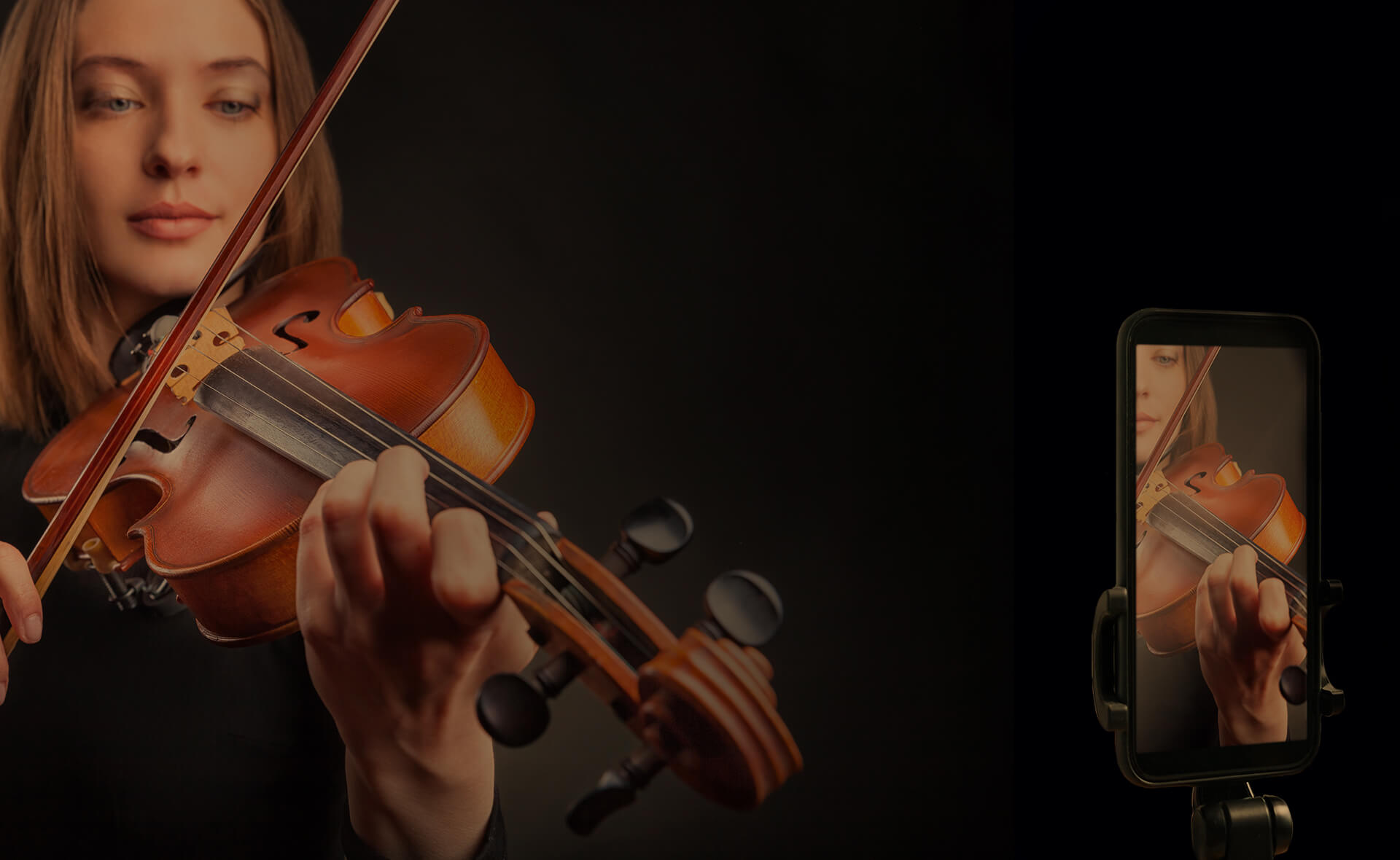As a violinist, we all know that smooth string transitions are key to playing with fluidity, grace, and ease.
Yet, these transitions can be tricky to master, especially as you move between strings.
If you’ve ever found yourself struggling to make those shifts seamless or heard an abrupt sound when crossing strings, you’re not alone.
The good news? With the right technique, you can make string transitions feel like second nature.
In this aricle, we’ll uncover the secret to achieving those smooth, effortless string transitions that will take your violin playing to the next level.
From bow technique to finger control, we’ll dive into the practical tips that can make a world of difference.

1. Relaxed Bow Arm – The Key to Smooth Transitions
First things first: the bow arm plays a huge role in string transitions.
If your bow arm is stiff or tense, you’ll struggle to move smoothly between strings. The trick here is relaxation and control.
- Elbow flexibility: Keep your elbow relaxed and mobile. The elbow should move naturally with the bow as it crosses the strings. This flexibility helps maintain a consistent sound.
- Even pressure: The pressure you apply with the bow should remain even as you switch strings. Too much pressure on one string can cause a harsh transition, while too little can make the sound weak.
- Shoulder control: Think of moving your bow from the shoulder. Using your whole arm will give you more control and stability, rather than relying solely on your wrist.

2. Finger Placement and Independence
Your left hand is just as important when it comes to smooth transitions.
The more precise and controlled your finger placement, the cleaner and smoother your string crossings will be.
- Avoid unnecessary stretches: Keep your fingers relaxed and close to the fingerboard as you move between strings. Reaching too far can cause unnecessary tension and a messy sound.
- Independent fingers: Each finger should move independently of the others. Avoid dragging your fingers across the strings when transitioning—it’ll lead to a muffled sound. Instead, let each finger lift and place itself softly and precisely on the new string.

3. Slow, Controlled Practise – Focus on the Details
It’s tempting to rush through your practise sessions, especially when you’re eager to improve.
But slow practise is key to mastering smooth string transitions.
When you slow things down, you give yourself the time to focus on the finer details of your technique.
- Slow it down: Play slowly and deliberately, paying close attention to every movement of your bow and fingers. Focus on making every transition as smooth and clean as possible.
- Use a metronome: Practising with a metronome will help you maintain steady timing and avoid rushing through passages, which can lead to uneven transitions.

4. Listen and Adjust
A big part of mastering smooth string transitions is listening to your sound.
Sometimes, you may not realise that you’re not making smooth transitions until you stop and listen carefully.
- Record yourself: Recording yourself playing is one of the best ways to spot any issues with your transitions. It gives you a fresh perspective on your playing and helps you pinpoint areas that need improvement.
- Use a soft ear: Pay attention to the sound as you cross strings. You want the transition to feel smooth and effortless, with no jarring interruptions in tone. Adjust your technique as needed to achieve a seamless sound.

5. The Bow Path – Keep It Fluid
The path your bow takes is just as important as the pressure you apply.
When transitioning between strings, you want the bow to move in a smooth, controlled arc.
- Bow angle: Keep your bow at a consistent angle as you cross strings. Any dramatic shifts in bow direction can result in an awkward sound and disrupt the flow.
- Bow distance: The closer your bow stays to the strings, the smoother your transitions will be. Avoid jerky movements that pull the bow too far away from the strings.

6. Practise Shifting Between Strings
To make string transitions smoother, practise shifting between strings intentionally.
Try exercises that focus solely on string crossings without worrying about the music. This way, you can pay all your attention to the technique.
- Use scales: Practising scales across strings is a great way to get comfortable with transitions. Start slowly, focusing on clean and controlled shifts between each string.
- String-crossing exercises: Do simple exercises where you purposely switch between strings, concentrating on fluidity and sound quality. This will build muscle memory and improve your overall control.

7. Stay Relaxed and Patient
String transitions can be tricky at first, and that’s okay.
The most important thing is to stay relaxed and be patient with yourself.
Progress takes time, but with consistent practise, your transitions will become smoother and more natural.
Take breaks: If you’re feeling frustrated, step back and take a short break. Returning to your instrument with a fresh mind can help you tackle challenges more effectively.
Celebrate small wins: As you make progress, celebrate each improvement. It’s all part of the journey to mastering the violin!

Conclusion
Smooth string transitions are the foundation of a fluid and beautiful violin sound.
With relaxed technique, slow practise, and focused attention, you’ll soon be gliding effortlessly between strings.
Remember, it’s all about the details—each small improvement will bring you one step closer to a smoother, more expressive performance.
Keep practising with patience and intention, and before you know it, these transitions will feel like second nature.
Happy playing!








